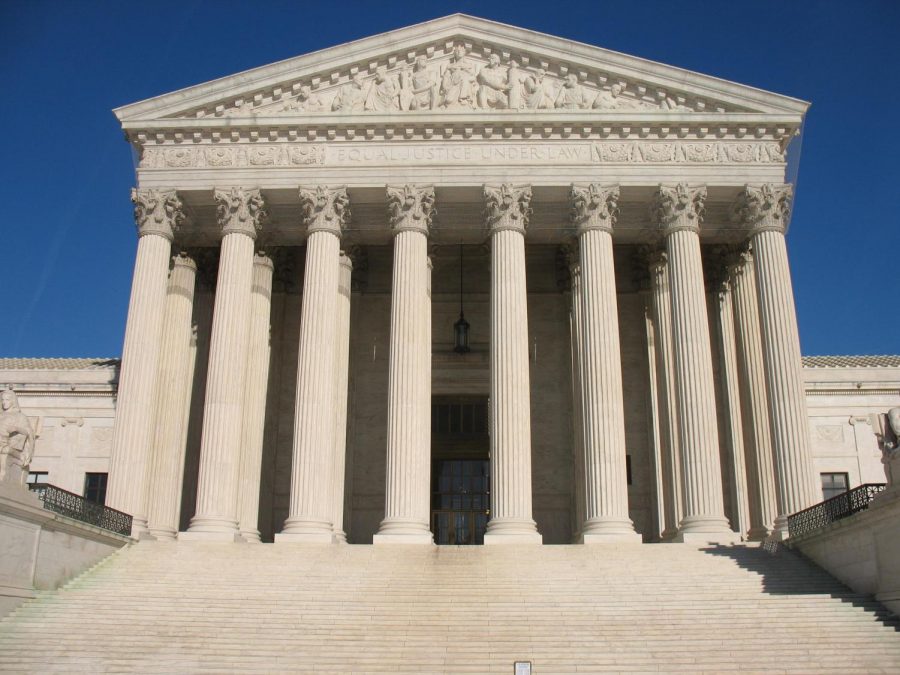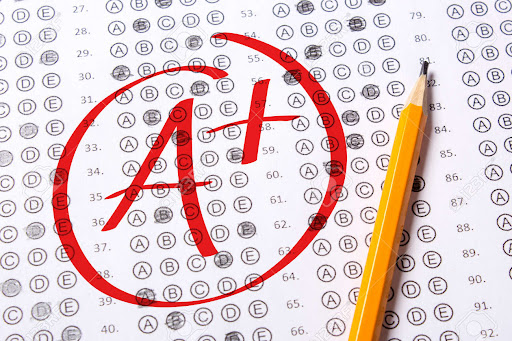The Supreme Court Needs to Change
The nation’s highest court lacks diversity.
March 16, 2021
Since the inception of the Supreme Court, 115 justices have served on the Court, including only five women and three racial minorities. Today’s court contains three women, with one being a minority. With many Americans striving for a government that looks more like the general population, why shouldn’t the Supreme Court look more like us?
In addition to lacking racial diversity, Supreme Court justices have a historically homogeneous background. Many of the justices’ stories before their appointment to the Court sound incredibly similar: go to an elite, Ivy League school to get an undergraduate and law degree, clerk for a justice, serve on a circuit court, and then finally, the prize at the end of the journey, be one of the nine justices who determine whether laws are constitutional. Though one may argue that this linear path may seem necessary for ensuring that those on the court are the best people for interpreting the Constitution, many of the most influential members have not taken this direction.
Thurgood Marshall, a champion of civil rights, was the first African-American justice and graduated from Lincoln University, a historically black college. He joined the NAACP as an attorney and later successfully argued in the landmark case of Brown v. Board of Education of Topeka.
Sandra Day O’Connor was the first woman on the Court. She also had an unconventional career in politics before serving on the Court. She was the first female majority leader in the Arizona State Senate and in state senate history. O’Connor was also one of the three co-authors of the lead opinion for the landmark case Planned Parenthood v. Casey.
A diverse background brings different perspectives. In addition to racial equity, Marshall’s liberal ideology helped form his opinion in Furman v. Georgia that the death penalty in itself was a “cruel and unusual punishment.”
A diverse Supreme Court will bring diverse opinions and perspectives to help justices justly adjudicate the laws that we follow today.










